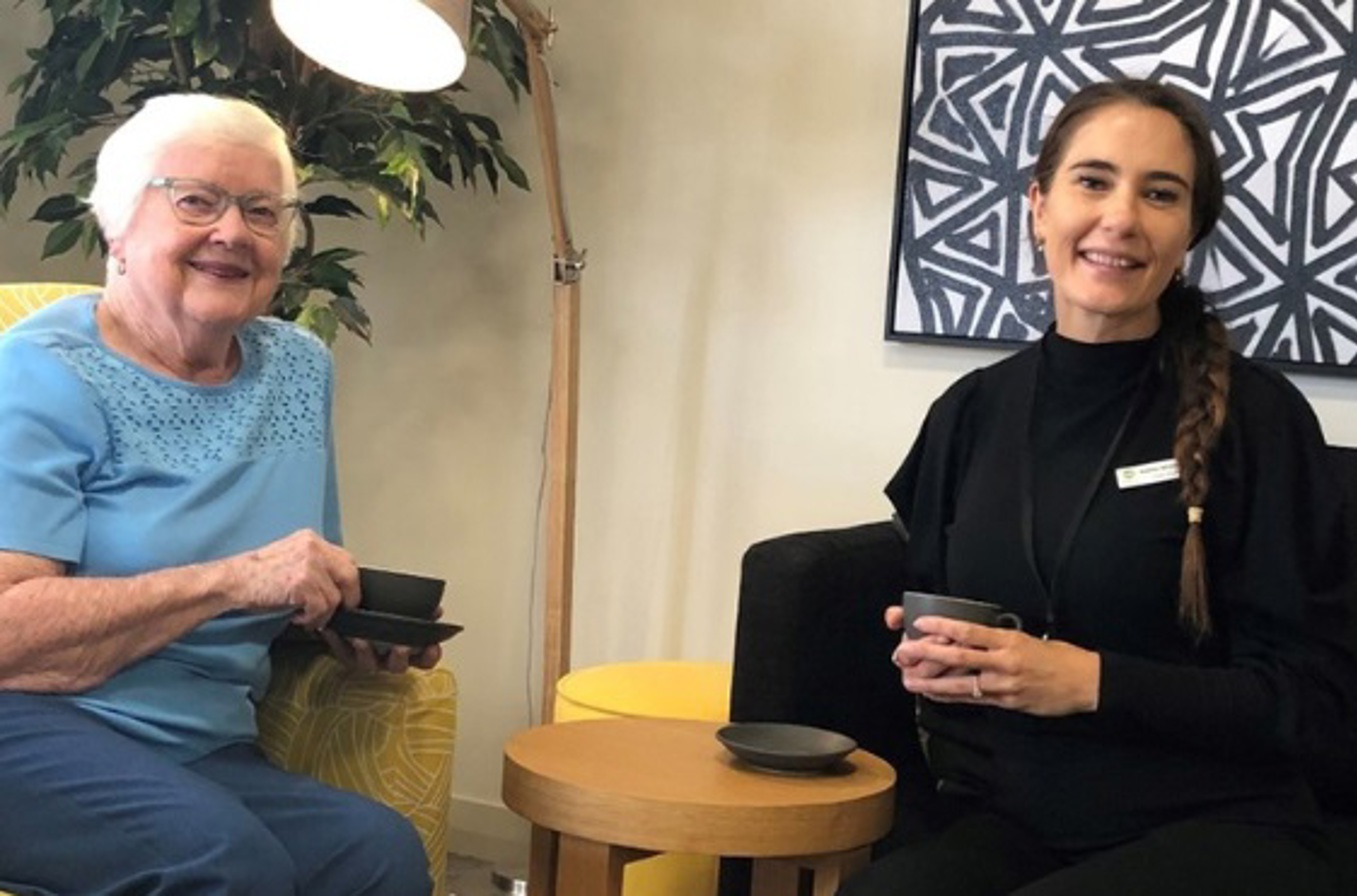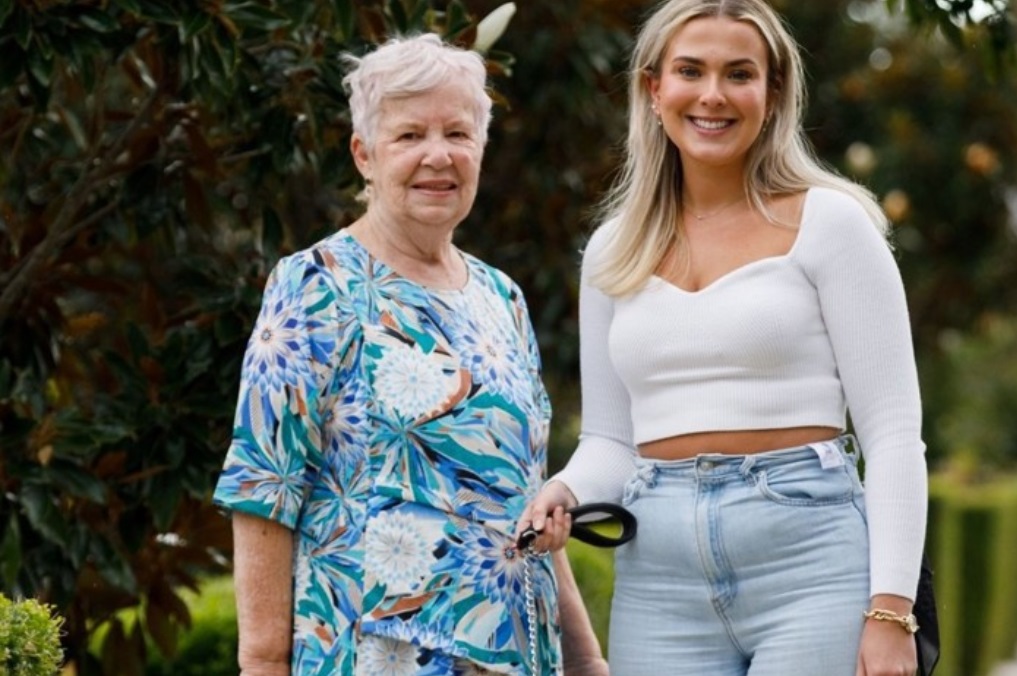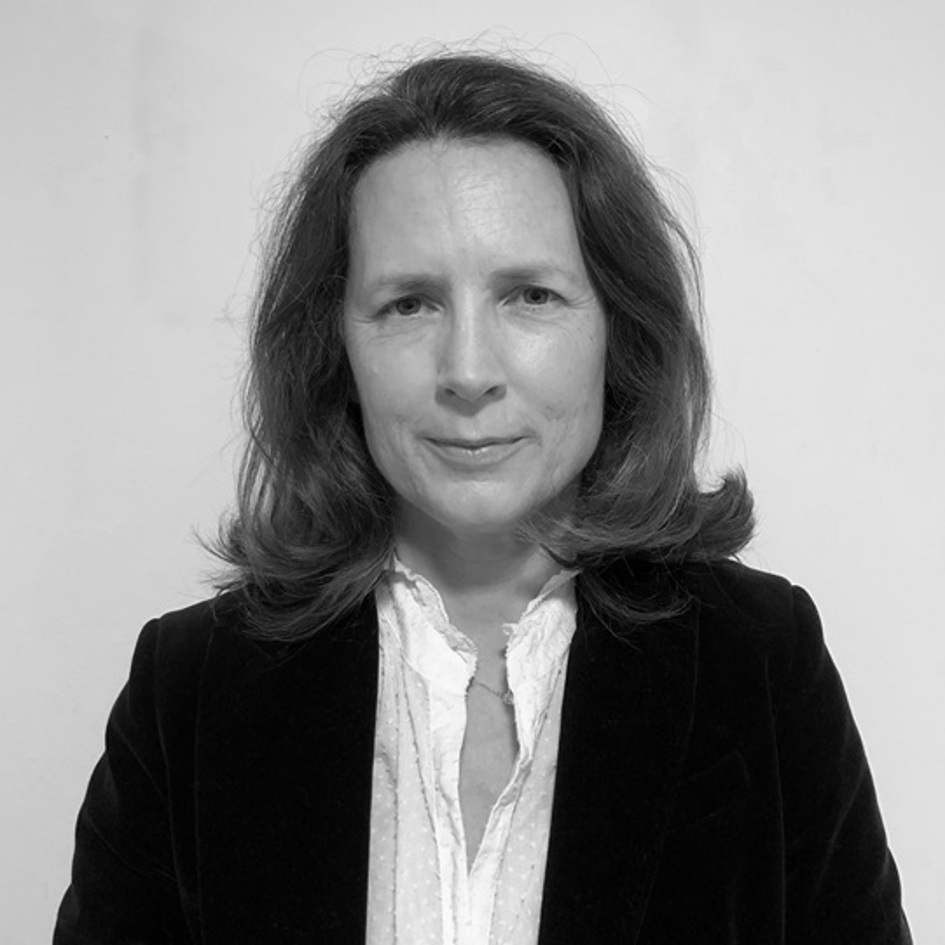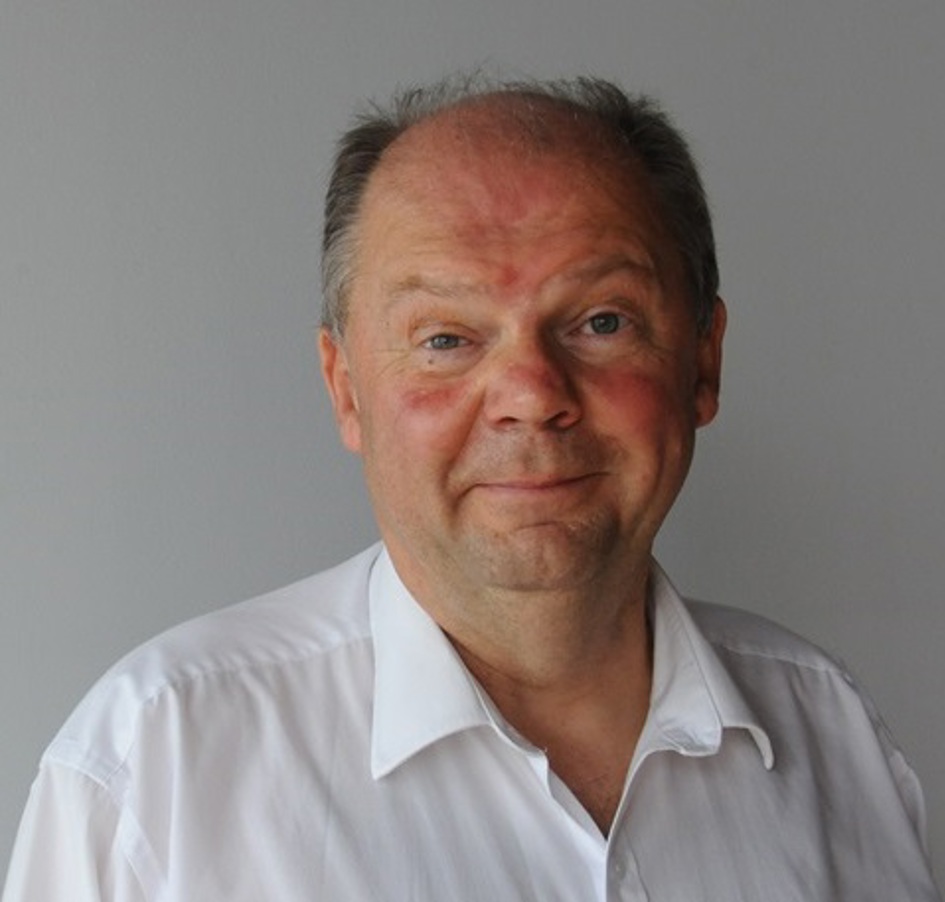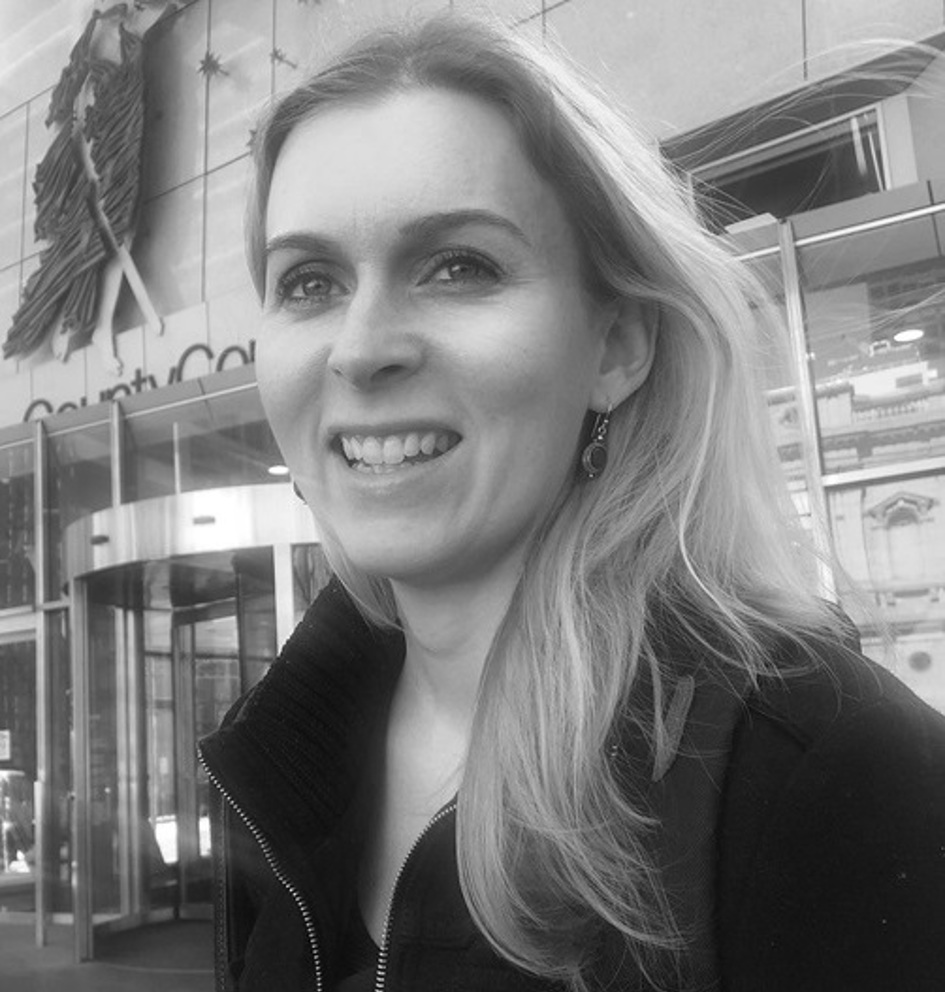Video Transcript - An Introduction to Aged Care Homes (Nursing Homes)
What are aged care homes (nursing homes) exactly? They are high level support accommodation for the elderly frail who can no longer live safely in their own home.
Aged care homes (nursing homes) provide simple living support such as showering, up to more complex nursing support such as medications and allied health support such as a mental activities and physiotherapy.
Aged care homes (nursing homes) provide respite and transition or recuperation beds after hospital, but the main purpose is to provide a permanent home to support a frail person to end of life.
There are over 190,000 people living in aged care homes (nursing homes), with the government funding the majority of the cost – about $12 billion a year and growing fast with the ageing population. Since 2014 new residents are being asked to share this cost. Across Australia there are about 2,900 aged care homes (nursing homes). They are also called residential aged care facilities – or RACs. We need a lot more. In fact we need a new aged care home (nursing home) with 150 places – or ‘beds’ - to be built every week for the next 10 years but we are only building half this many. This is why every aged care home (nursing home) is close to full and there are waiting lists. It is also why the Governemnt wants us all to stay at home longer, receiving ‘home care’. The average stay in an aged care home (nursing home) has shrunk from 3 years to about 18 months today and getting shorter fast.
Not For Profit Churches and charities operate the majority of aged care homes (nursing homes), especially in country and remote areas where many operate at a loss. They account for about 60% of all homes. Private operators account for about 40% of all aged care beds. They are usually bigger homes and concentrated in the metropolitan areas and bigger regional areas. The age of the home usually dictates its design.
Older homes often have several beds in one room with shared bathrooms. Newer homes tend to have single bed rooms with an ensuite bathroom. One is not necessarily better than the other by the way. Experts say the company and nursing support of a shared room can be better than a single room. Depending on the design of the home and its efficiency, staff ratios are between say one staff member to 4 residents up to one staff member to 7 residents.
All homes funded by Governemnt are heavily audited, with both surprise and scheduled visits to check the level of care and operations. There are 44 standards that are checked and failure has severe financial penalties. You can check how every home is performing on the myagedcare website. In the end what you should be looking for is the real sense of ‘care’ that a home has, not whether it is brand new or a bit dated, private or not for profit. You can sense how warm and supportive it is when you do an inspection – which you are entitled to do - including speaking to staff and residents.
Our advice, start planning early to get the best outcome.

